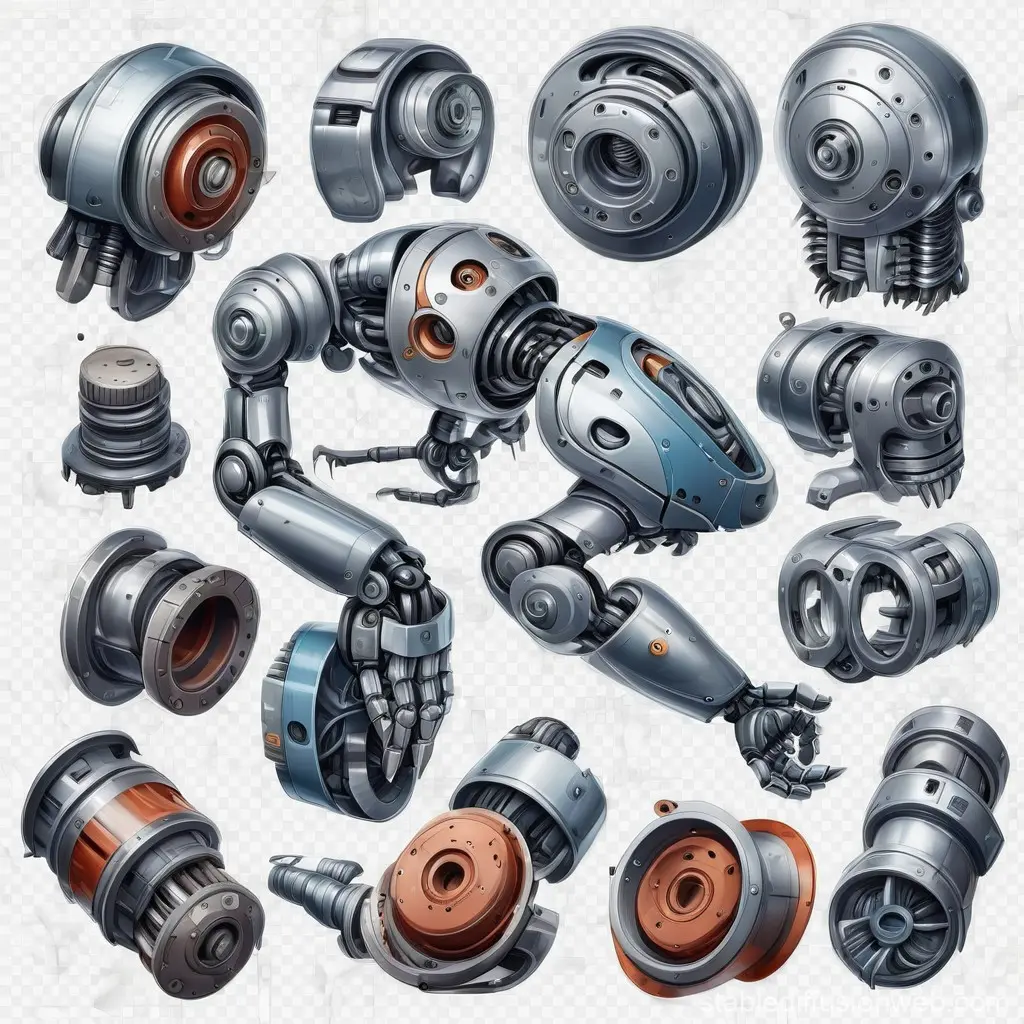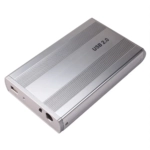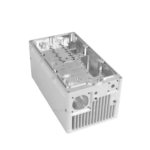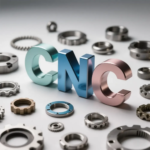Revolutionizing Quality Control: An In-Depth Exploration of Contact and Non-Contact Scanning Methods in Coordinate Measuring Machines (CMMs)
In today’s manufacturing landscape, quality control is crucial for ensuring the accuracy and reliability of products. Coordinate Measuring Machines (CMMs) have revolutionized the way manufacturers inspect and measure parts, enabling fast and accurate measurements. In this blog post, we will delve into the world of CMMs, exploring the different scanning methods used in contact and non-contact measurement techniques.
The Evolution of Scanning Methods in CMMs
CMMs have come a long way since their inception, and their design has evolved to accommodate various scanning methods. The industry has traditionally been divided into contact and non-contact scanning, with the latter emerging as a more popular choice. However, both techniques have their unique applications and advantages, which we will explore in this blog post.
Contact Scanning: The Traditional Approach
Contact scanning, also known as tactile scanning, is the most common and widely used scanning method in CMMs. This technique involves physically touching the part with the probe, which is designed to mimic the exact coordinates of the point being measured. This method is still widely used, especially for parts with complex geometries or those that require high accuracy.
Advantages of Contact Scanning:
- High accuracy: Contact scanning provides the highest level of accuracy, especially for complex geometries.
- Large measurement range: Contact scanning can measure a wide range of parts, from very small to extremely large.
- Flexible: Contact scanning can be used for various materials, including metal, plastic, and glass.
Non-Contact Scanning: The New Frontier
Non-contact scanning, also known as optical or optical interferometry scanning, has gained popularity in recent years. This method uses light to measure distances, eliminating the need for physical contact with the part. This technique is ideal for delicate or fragile parts, as well as those with complex geometries that are difficult to measure using traditional contact methods.
Advantages of Non-Contact Scanning:
- Non-destructive: Non-contact scanning is a non-destructive measurement method, making it ideal for fragile or delicate parts.
- High-speed accuracy: Non-contact scanning can achieve high-speed accuracy, reducing measurement time and increasing productivity.
- Multi-spectral measurement: Non-contact scanning can be used for multi-spectral measurement, such as measuring temperature, refractive index, and surface roughness.
The Importance of Scanning Method Selection
When selecting a scanning method, it is crucial to consider the part’s geometry, material, and desired level of accuracy. Both contact and non-contact scanning methods have their unique strengths and weaknesses, and choosing the right method can significantly impact the quality of the measurement.
Case Study: Linear, Linear, and Closed Patch Scanning Methods
In addition to contact and non-contact scanning, CMMs can also use linear, linear, and closed patch scanning methods. These techniques are used to collect data points and create a digital model of the part being measured.
- Open Linear Scanning: This is the most basic scanning method, which involves collecting data points in a specific area of the surface. This method is ideal for simple geometries and is often used as a starting point for more complex measurements.
- Linear Scanning with a Starting Point: This method allows for the collection of data points with a known starting point, making it ideal for parts with known CAD models.
- Closed Patch Scanning: This technique involves collecting data points to define the boundaries of a surface, making it ideal for internal or external surface inspections.
Conclusion
In conclusion, CMMs have revolutionized the world of quality control, enabling fast and accurate measurements. Whether it’s contact or non-contact scanning, each method has its unique advantages and disadvantages, making it essential to select the right technique for the job. By understanding the different scanning methods available, manufacturers can ensure the highest level of accuracy and reliability in their measurements, ultimately leading to improved product quality and customer satisfaction.










